If there is only one thing you can do there, go and watch lamplighter lighting lamps on Sovetskaya Street around sunset.
Brest is a city with a long and complex history, and at different times it has been part of different countries and linked to different cultures. First mentioned in 11th century chronicles, Brest was a city in the eastern part of Kievan Rus. Many years later, with the collapse of the Soviet Union, Brest became a city of the modern Belarus.
Lamplighter has to be one of the world’s most charmingly antiquated, unique and romantic occupations. Up until and even throughout the 19th century, when candle or gas streetlamps were still the norm, lamplighter was a popular and well-respected job. They went around town igniting the street lamps at dusk, and then extinguishing them again at dawn; while on patrol, lamplighters often served a dual role as town watchmen. Today a lamplighter is an extremely rare job. There are just three cities in Europe employing lamplighters, and those are London in England, Wroclav in Poland and Brest in Belarus.
A street lamplighter, who lit the lights at night to be put out in the morning, existed in Brest up to early 20th century. The first primitive tools of street lighting in Brest-Litovsk appeared in the late 18th century. At first there were paraffin candles, then oil lamps, and in the middle of the 19th century the streets of Brest lit 26 lamps filled with alcohol and turpentine mixture. Later it was replaced by kerosene, used until 1926.
Nowadays, a lamplighter has been employed since 2009 to light up the kerosene lamps of Brest. Start walking the pedestrian Sovetskaya Street slightly before the dawn, and you’ll see a clock. It’s the only way to learn the lamp lighting time. They say it’s related to the sunset time in Brest and changes accordingly.
365 days a year lamp lighter Viktor Kirisjuk can be seen at dusk in his unique hat and uniform, lighting the 17 kerosene lamps. Catching him in the jolly act is pretty easy to do if you’re exploring the area in the evening. It’s also a prerequisite for camera-wielding tourists. The lamplighter lets everyone take photos with him and make a wish rubbing buttons on his old-style jacket. Hundreds of people come to watch the procession every day.
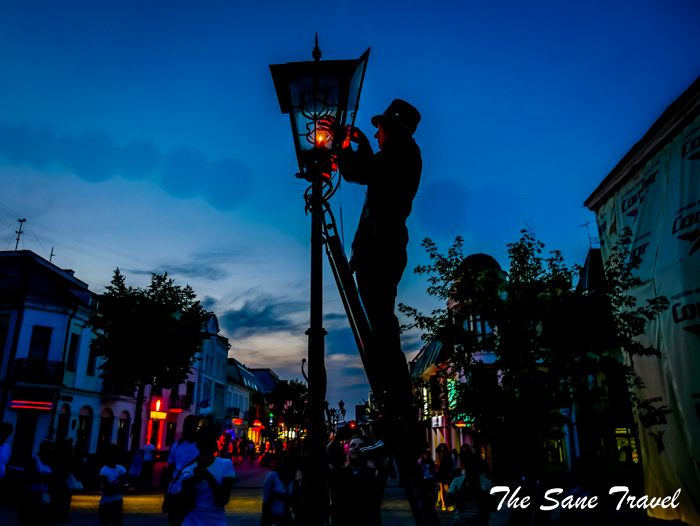
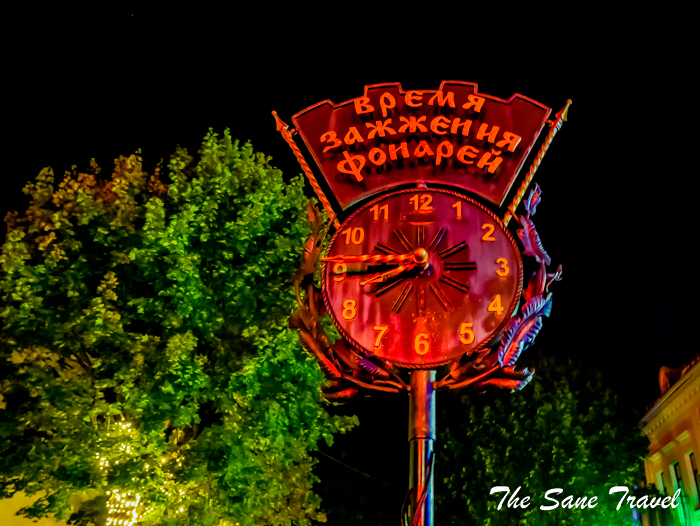
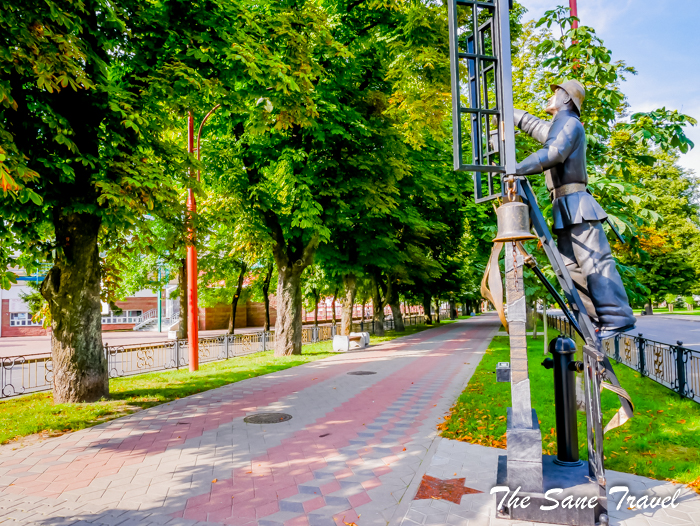
Have you got your favorite street with old lanterns? Share your thoughts in the comments section.
Author: Anita Sāne

About the author
Anita is a part-time traveller, passionate photographer and a retired career woman from Latvia, travelling mostly solo for more than 15 years. She is a skilled travel planner who plans and executes her travels by herself. Anita wants to show you how to travel the world and open your mind to new experiences. Follow her on Facebook, Instagram, Pinterest, Twitter and Bloglovin.

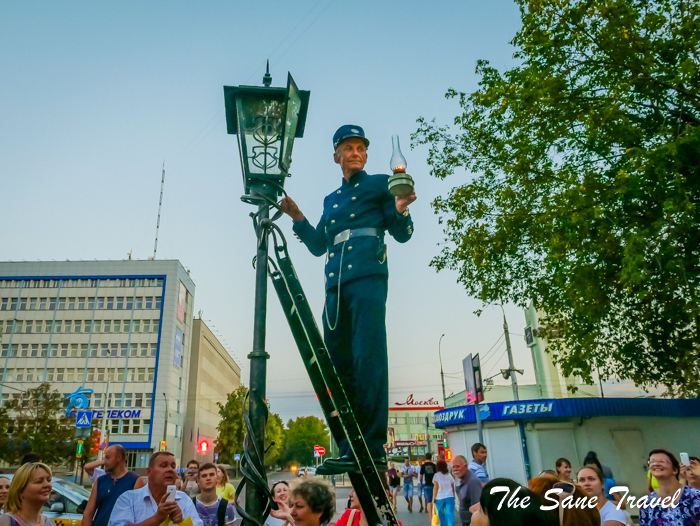
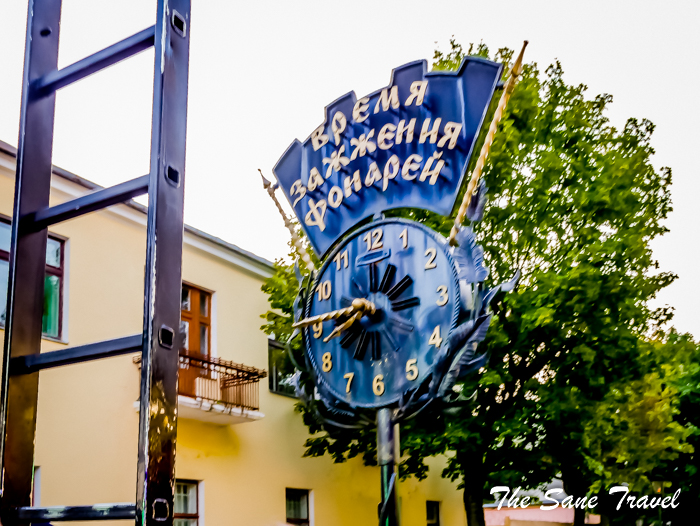
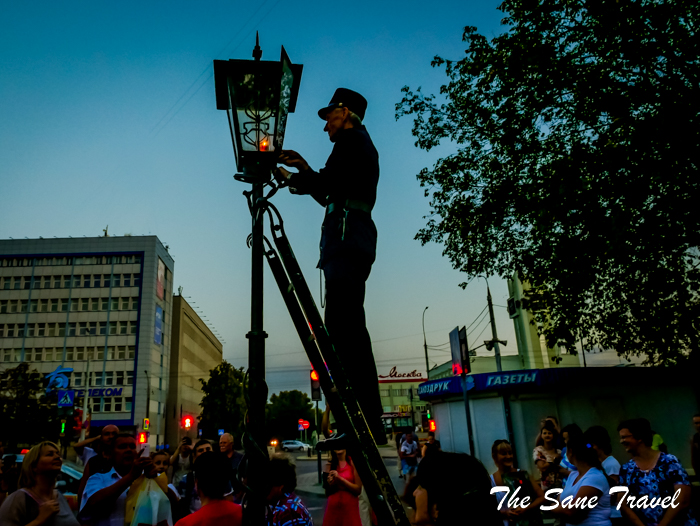
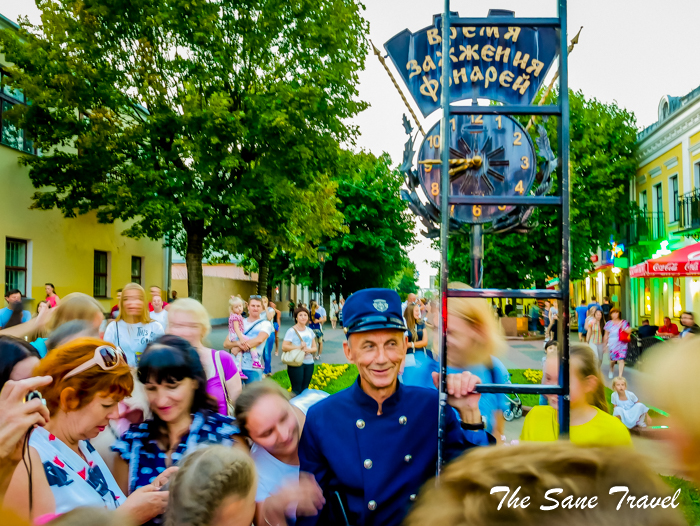
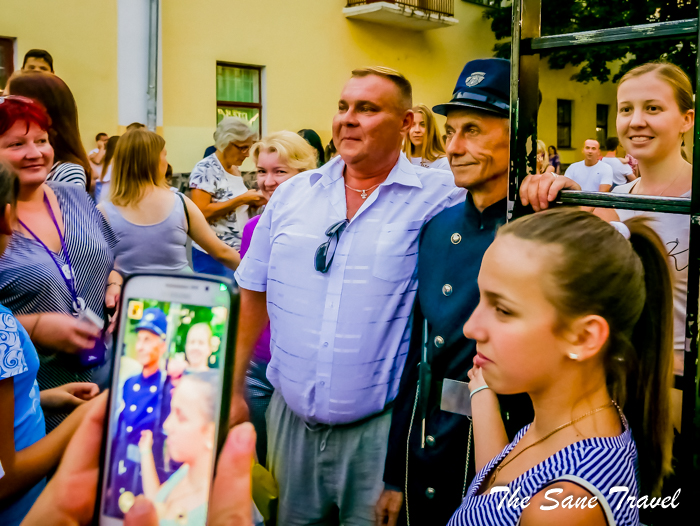
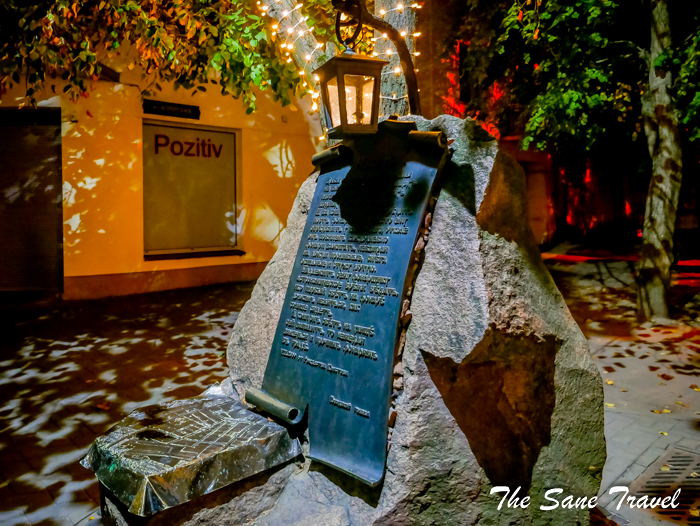
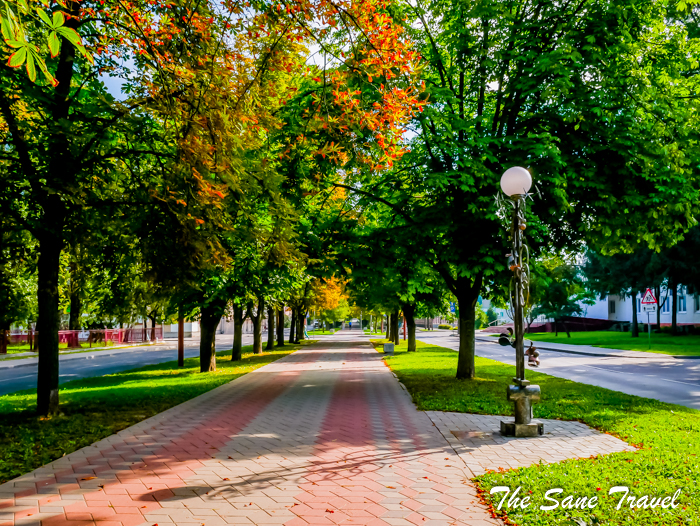
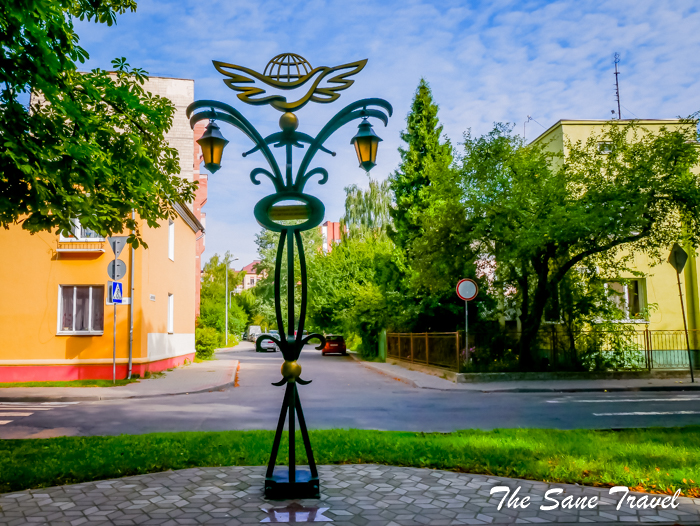
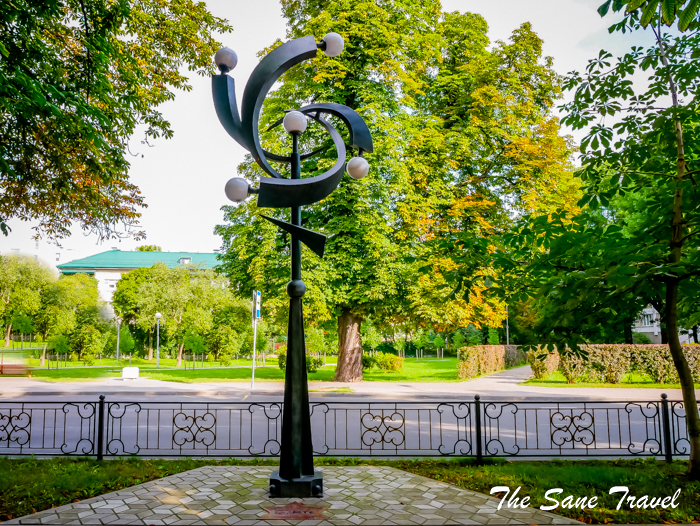
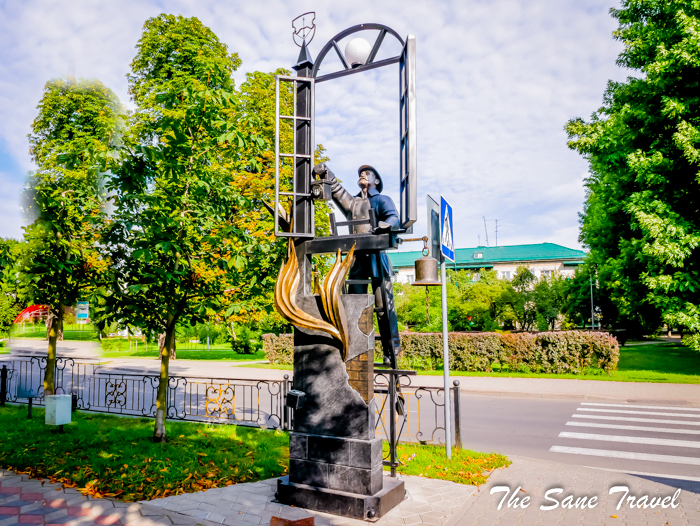
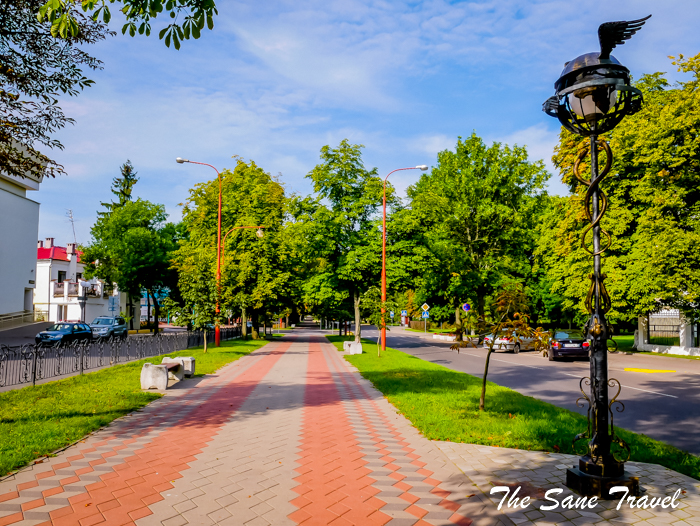
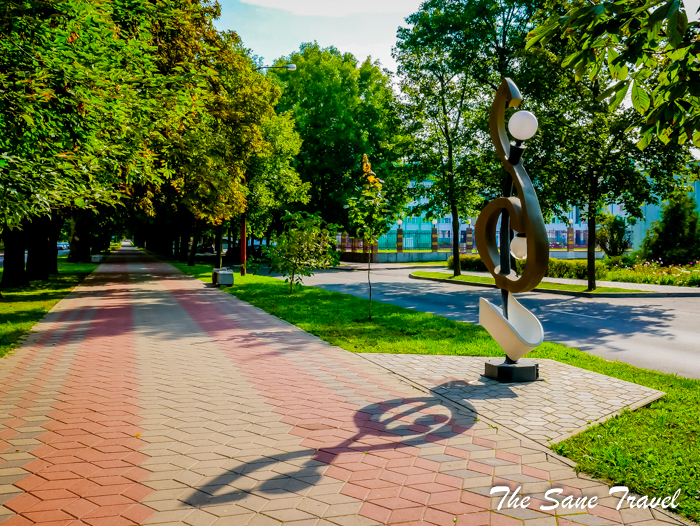
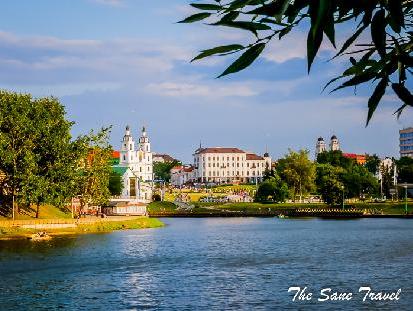
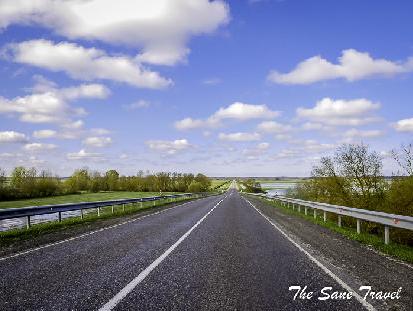
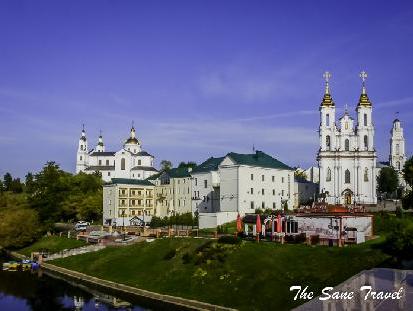
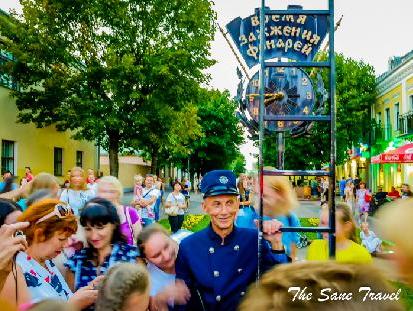

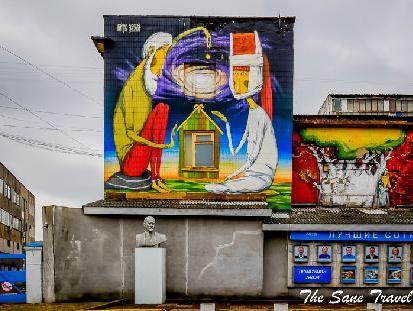
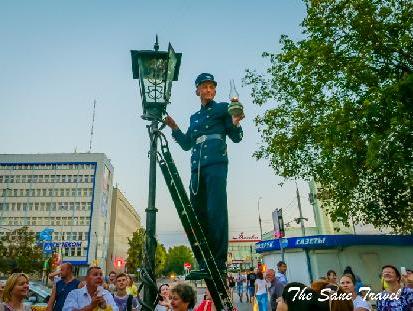
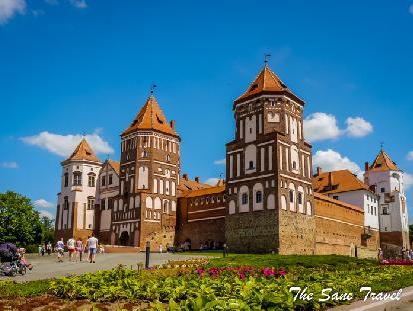

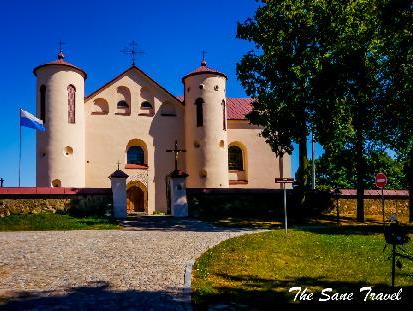
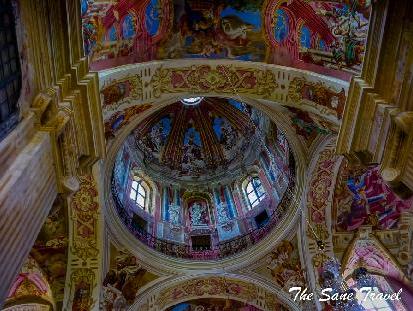
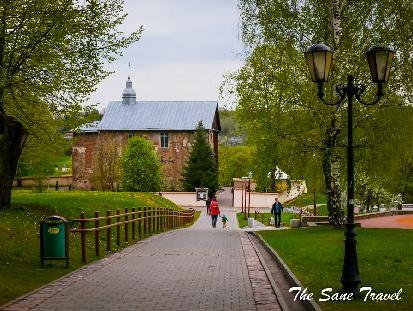
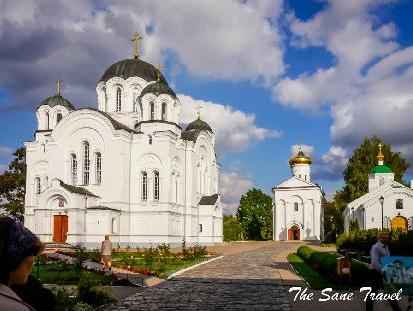
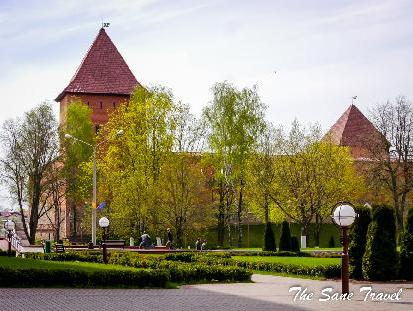
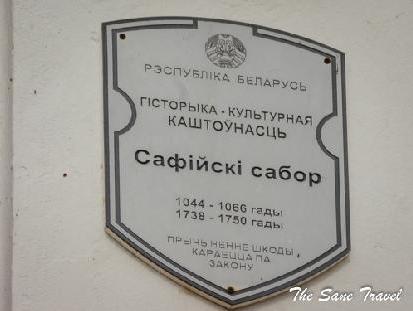
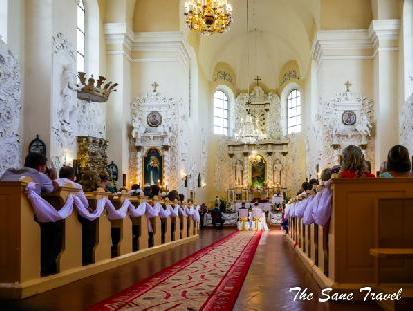
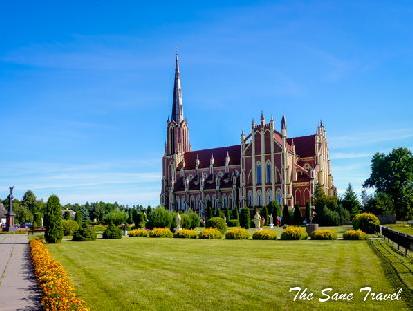
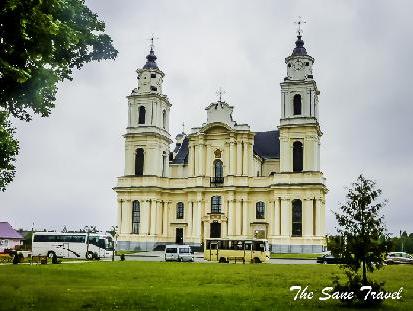
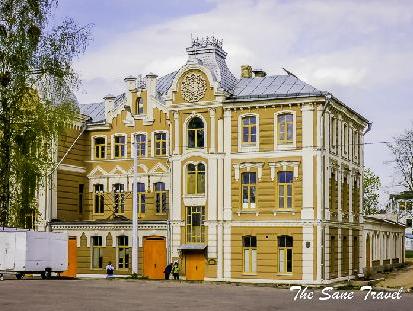
Report
My comments